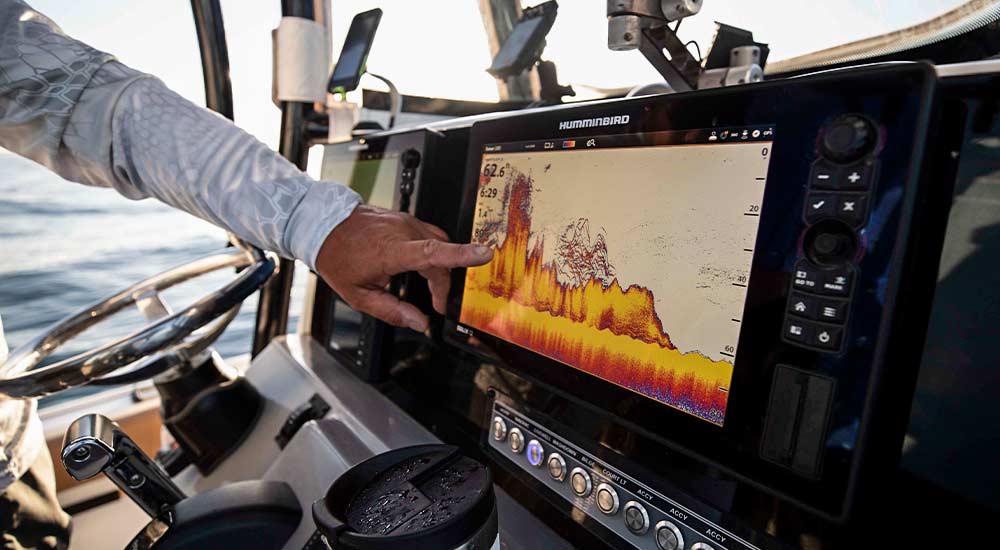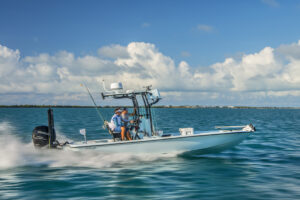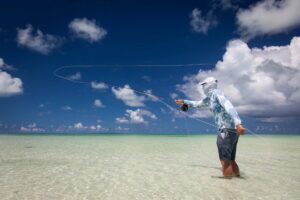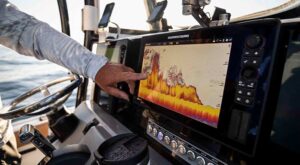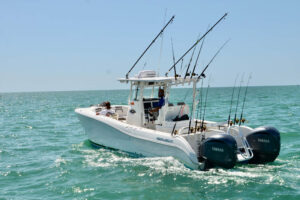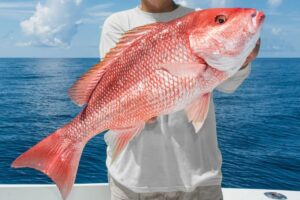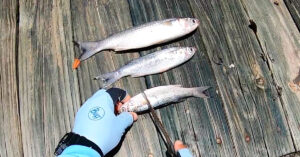Using a fish finder in saltwater can dramatically improve your success rate, especially when targeting elusive species in deep or unfamiliar waters. Whether you’re offshore trolling or working coastal structure, knowing how to read and operate your fish finder is crucial for locating fish, identifying bait schools, and understanding underwater terrain. Here’s a step-by-step guide to get the most out of your fish finder in saltwater.
1. Understand Your Equipment
Before heading out, familiarize yourself with your fish finder model. Different brands (like Garmin, Lowrance, Humminbird, and Simrad) have unique features and interfaces. Read the manual, update the software, and ensure your transducer is properly mounted for accurate readings.
2. Adjust the Settings for Saltwater
Saltwater environments require different settings than freshwater. Increase the sensitivity to pick up on subtle signals in deeper or murkier water. Also, adjust the depth range to suit your location—offshore fishing may require scanning hundreds of feet down.
3. Learn to Read the Display
A fish finder shows more than just fish. Interpreting the arches (which represent fish), bottom contours, vegetation, and bait balls is key. In saltwater, pay close attention to thermoclines (temperature layers) and structure changes where predatory fish like to hide.
4. Use GPS and Waypoints
Modern fish finders come with GPS capability. Use it to mark productive spots, reefs, ledges, and drop-offs. This not only helps you return to hot spots but also creates a valuable map of fishable zones over time.
5. Scan While Moving and Anchored
When cruising, keep the fish finder running to identify changes in depth and structure. Once you spot something interesting—like a school of bait or a sudden depth change—circle back and scan slowly. When anchored, use features like DownScan or SideScan imaging for a detailed view of what’s beneath and around your boat.
6. Target Specific Species
Saltwater fish like snapper, grouper, and kingfish each prefer different depths and structures. Use your fish finder to locate the specific terrain and bait conditions where your target species typically feed.
7. Practice and Patience
The more time you spend using your fish finder, the better you’ll get at interpreting what you see. Save screenshots or log your trips to compare conditions and catches, refining your skills over time.
Final Thoughts
A fish finder is more than just a gadget—it’s a game-changing tool that can transform your saltwater fishing experience. With the right settings, careful observation, and a bit of practice, you’ll be reading the ocean like a pro and putting more fish in the boat.

